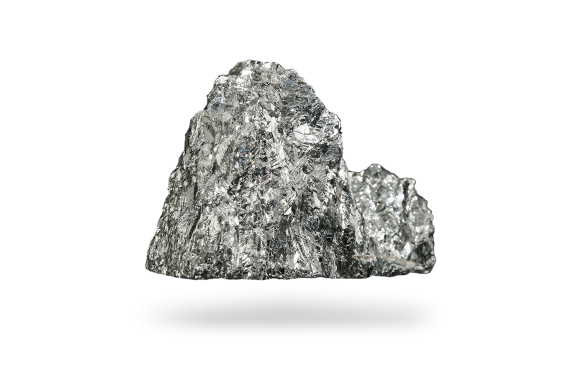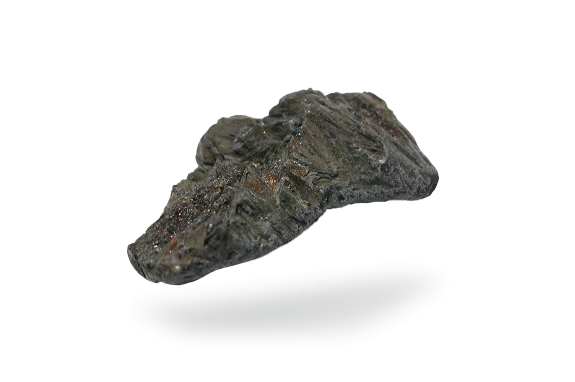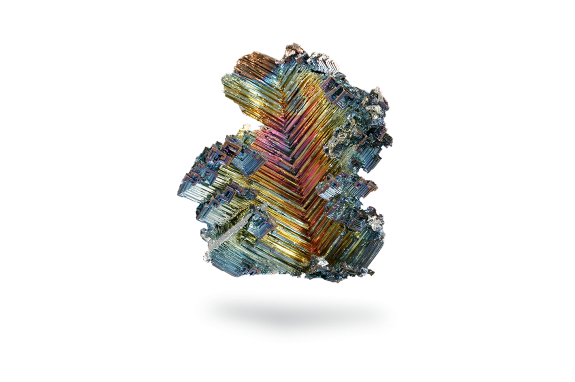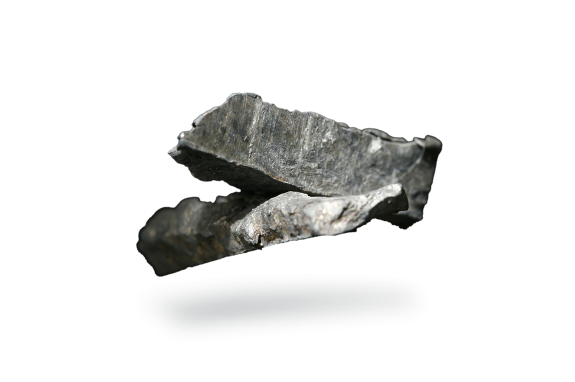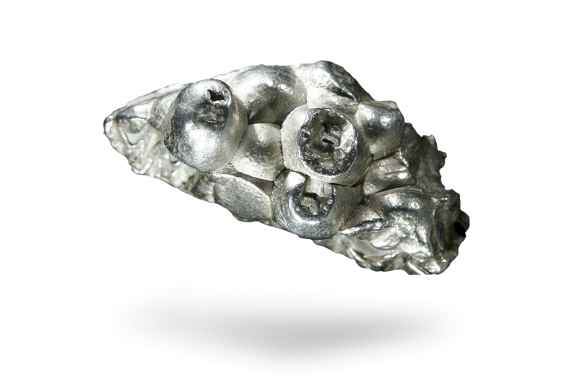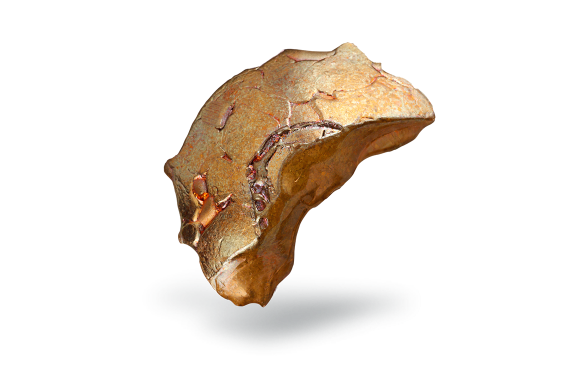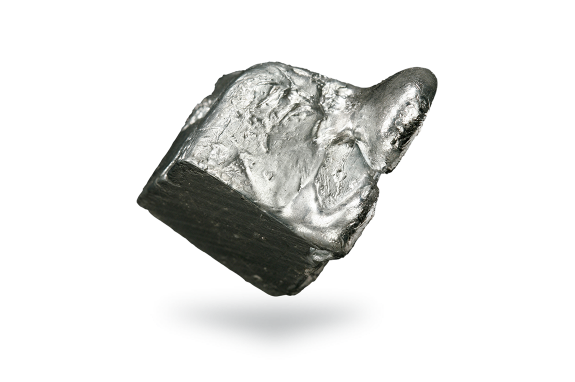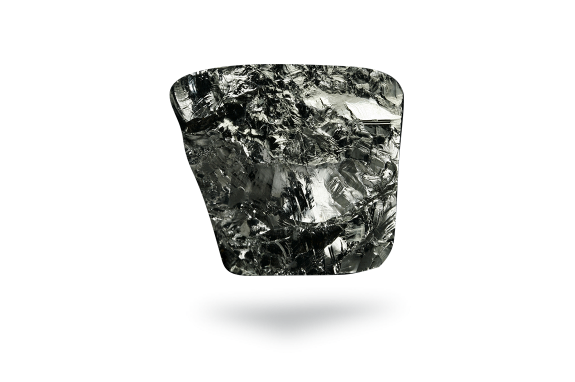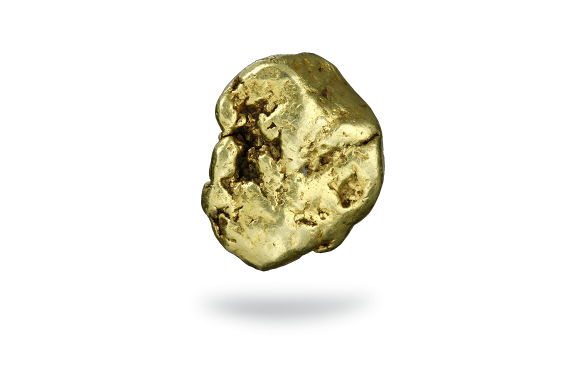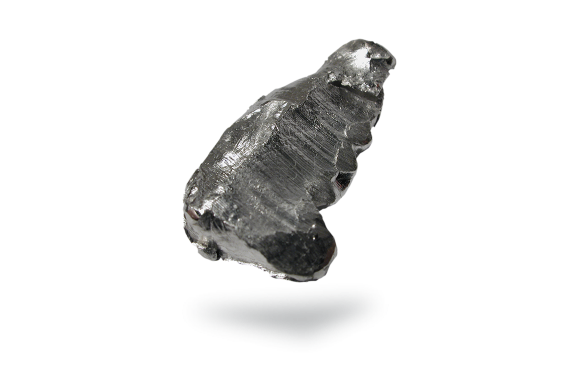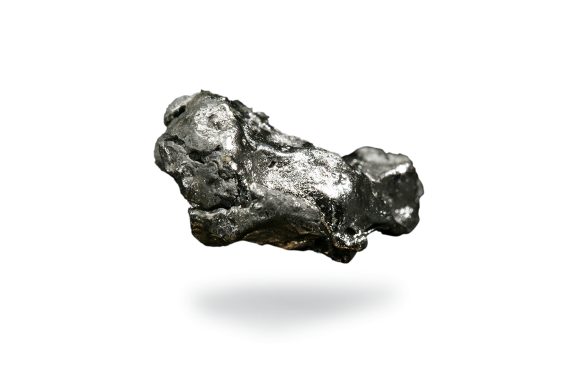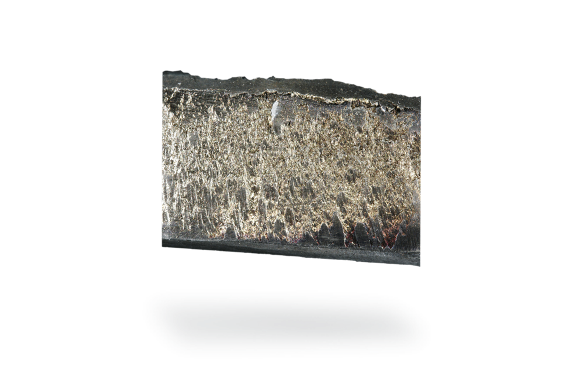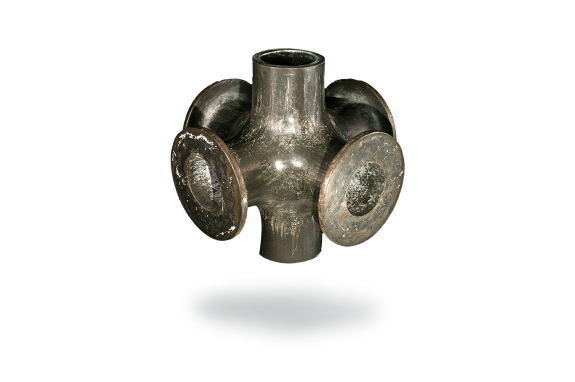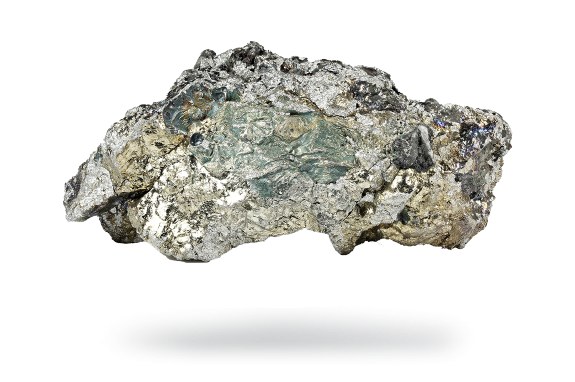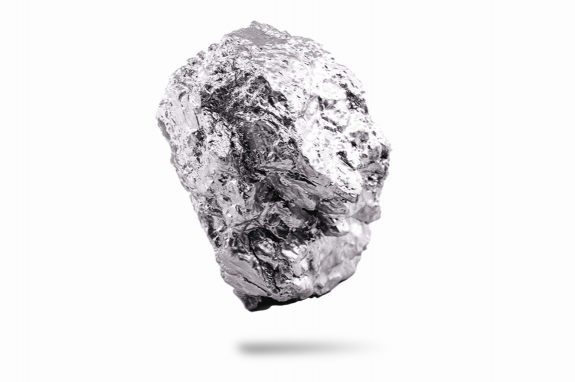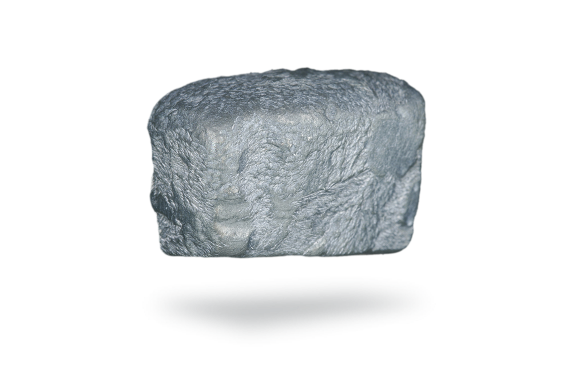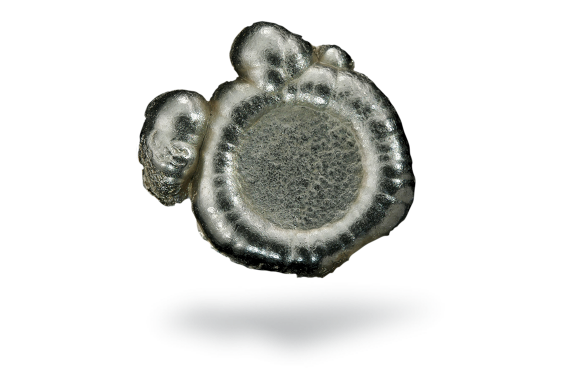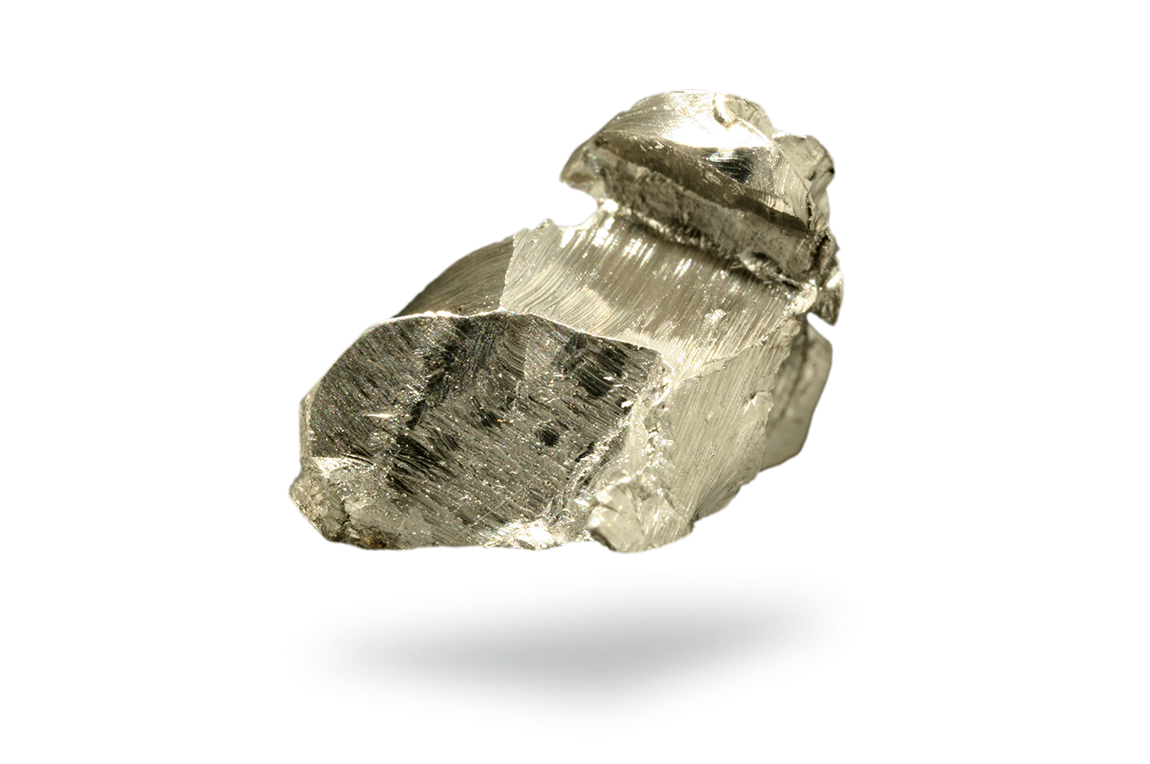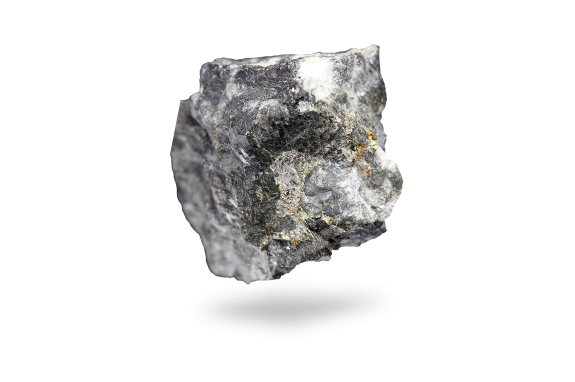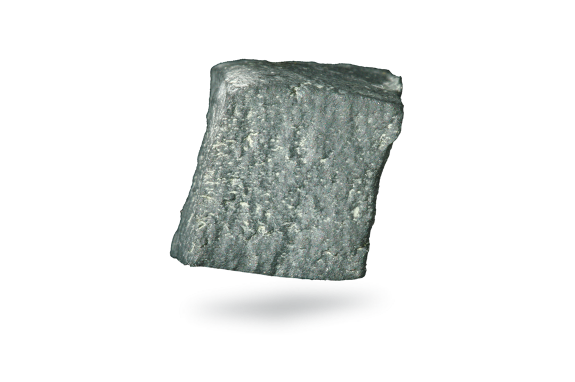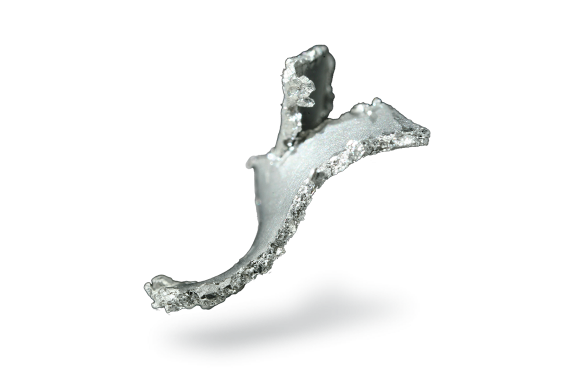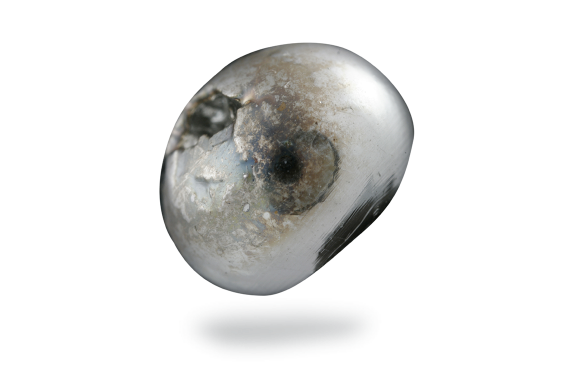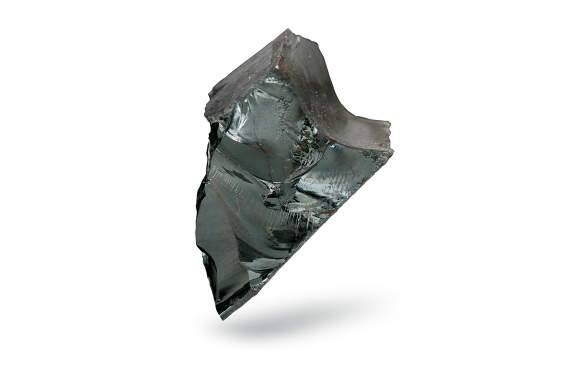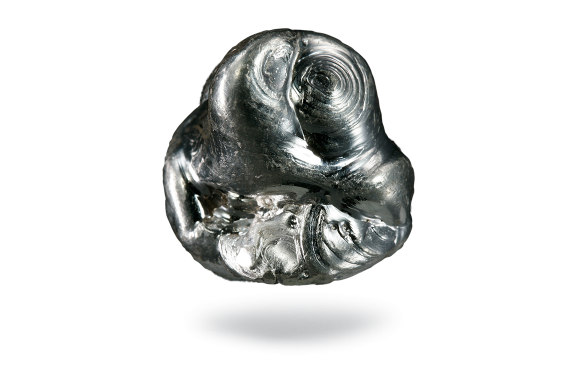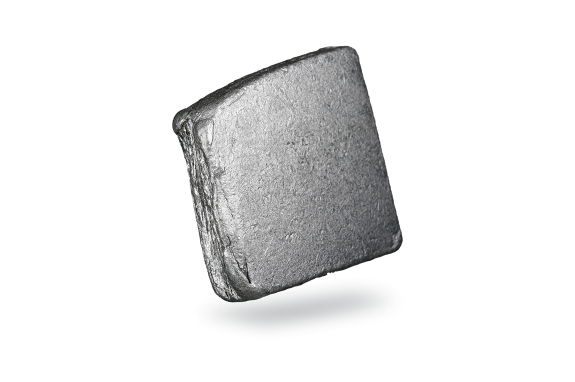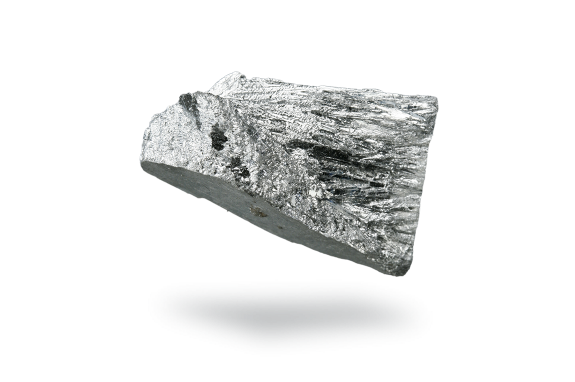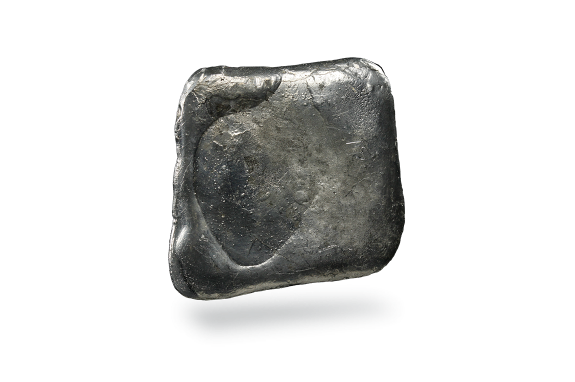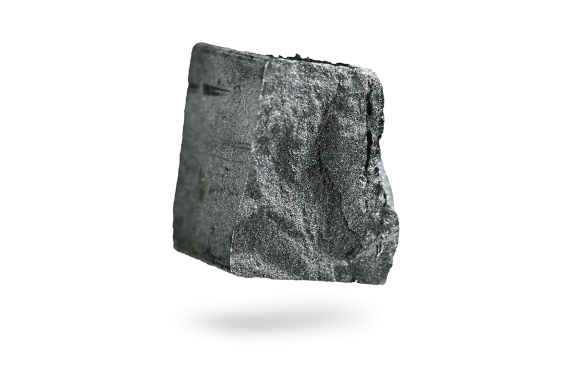Lithium
Did you know that lithium, although it is a metal, is so soft that it can be cut by a regular knife? Lithium is the lightest solid element in the periodic table. Although you may think that lithium is not very common, it is an important part of our daily lives. Umicore uses lithium when producing cathode active materials in rechargeable battery materials.
The Li-ion battery industry is the largest consumer of lithium worldwide, mainly for the production of active cathode materials, where lithium is used in the form of highly pure lithium carbonate or hydroxide. Such batteries power portable devices such as smartphones, tablets, laptops, as well as electric mobility including electric cars, hybrid vehicles, electric bikes, etc. The third market segment for lithium-ion batteries is Energy Storage Systems. Umicore supplies active cathode materials io each of these three segments.
Besides the Li-ion battery industry, lithium has been used for many years in other, more traditional applications such as glass and ceramics, in mold flux powders and in aluminum smelting. Other applications that consume lithium are greases for mechanical systems (e.g gearboxes), catalysts for rubber synthesis (butyllithium), aluminum alloys for airplanes, air cooling systems (lithium bromide) and antidepressants.
Recycling
Due to the abundance of lithium in nature, recycling of lithium was not a priority for the many players in the lithium-ion battery, glass, or ceramics industries. The recent increase in demand for lithium for electric vehicles has emphasized the importance of recycling and now both pyrometallurgical and hydrometallurgical flowsheets can recycle lithium from Li-ion battery waste. Umicore is closing the loop for lithium.
History
The soft, silvery-white alkali metal was discovered by a Swedish chemist, Johan Arfwedson, in 1817. But it took decades – up until 1923 – before scientists could isolate it on an industrial scale using electrolysis. Lithium hydroxide is one of the substances used to purify air and remove carbon dioxide in spacecraft and submarines. The two main natural sources from which lithium is extracted are minerals (hard-rock) or salt solutions (brines).
Extraction
The mining of pegmatitic minerals containing spodumene (LiAl(SiO3)2) is mainly located in Western Australia. After a series of mechanical purification and separation steps, the lithium in the mined minerals can be concentrated. The attained spodumene concentrate can be used directly in industries such as glass manufacturing or can be further refined into a lithium chemical.
Lithium owes its name to the Greek word lithos which means stone, as around half of industrially used lithium is extracted from hard rock deposits. The other source of lithium is from brine-based sources. The majority of these salt solutions are found in the salt flats that cover parts of Chile, Argentina and Bolivia: the so-called lithium triangle. The lithium dissolved in brines is concentrated by solar evaporation, followed by a combination of precipitation and filtration steps to remove residual impurities such as calcium, magnesium and boron. The purified LiCl solution can then be used to make a variety of lithium chemicals.
Properties
Did you know that along with hydrogen and helium, lithium was one of the three elements produced in large quantities by the Big Bang? The main problem with the isolation of lithium in its metallic form is its high reactivity and flammability. Consequently, you won’t find this element as a pure metal in nature but as a compound or in its soluble ionic form.
Compared to other alkali metals however, lithium is less reactive due to its small atomic radius (152 pm) and the proximity of its single valence electron to the nucleus, which stabilizes the electron.
Other properties that make lithium a unique element are its low density (0.534 g/cm3) and its high specific heat capacity (3.58 kJ/(kg K), the highest of all solids. This has led to a variety of industrial applications that use Lithium.


